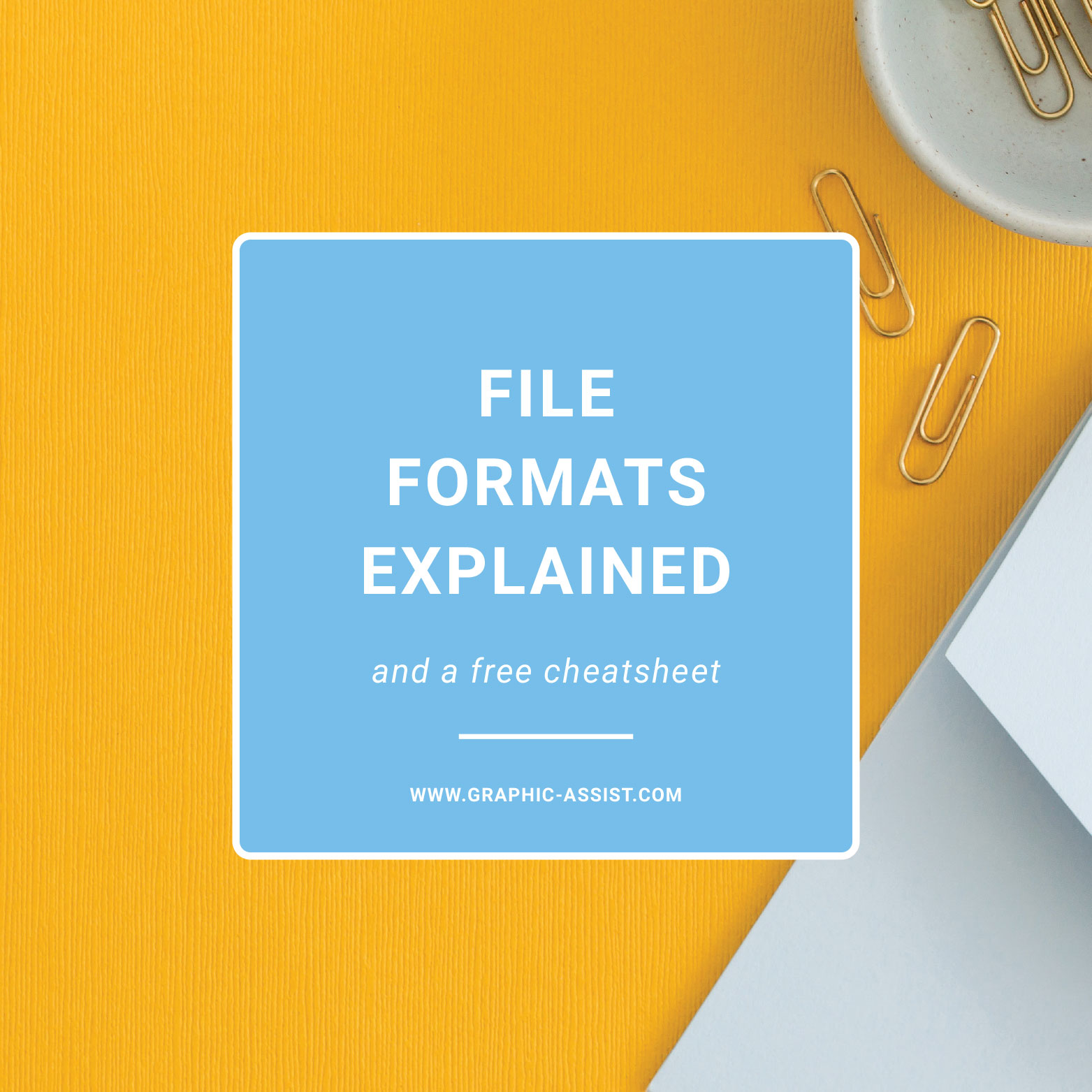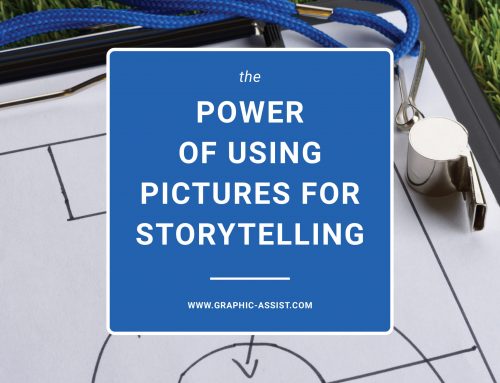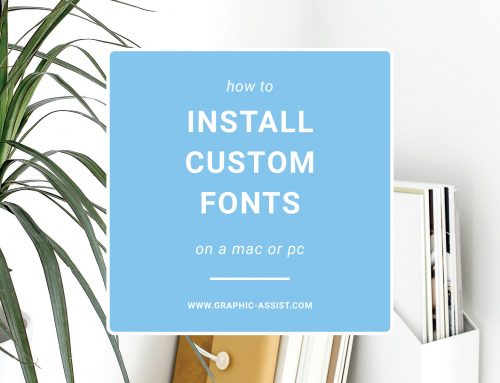File Formats Explained: JPG, PNG, TIF, GIF, PSD, AI, EPS, PDF
Designers export dozens of files each day. From print-ready PDFs to web-ready JPGs, we’re fluent in the difference between the acronyms at the end of file names. But to the average person, these tiny little letters can be confusing and intimidating.
With a handful of different file types to choose from, each with their own pros, cons, and purposes, it’s good to understand what each file format does and when each should be used.
Raster: Images created by dots called pixels; easily loses quality
JPEG – JOINT PHOTOGRAPHIC EXPERTS GROUP
Typically used for high-quality photography (for its low file size) and low-resolution images online. Will lose quality if scaled above its original pixel width. Does not support transparency. Not recommended for print use.
PNG – PORTABLE NETWORK GRAPHICS
Best used online for text and graphics with high quality and high image size (longing loading time). Transparent backgrounds allow users to see graphics behind it. Best for text, graphics, and online use to create a crisper look. Cannot be scaled over its original pixel width.
TIFF – TAGGED IMAGE FILE FORMAT
Files are too big to be used in web design, but the quality of an image is not lost when saved or compressed. Can support layers when necessary.
GIF – GRAPHICS INTERCHANGE FORMAT
Specifically for online use. Mostly known for their ability to be animated. File reduced to 256 colors, which results in low file size and lower quality.
PSD – ADOBE PHOTOSHOP
One type of file generated from the Adobe Photoshop software program. Never to be used online, unless saved as a JPG or PNG. Supports layers and transparencies, but often results in huge file sizes. Best for photo retouching, texture, shading, and depth.
Vector: Images created by paths; easily resized
AI – ADOBE ILLUSTRATOR
Files generated from the Adobe Illustrator software program. Creates vector file types that are completely scalable. Files are print-ready but not meant to be shared online unless converted to a PNG, JPG, or GIF. Supports layers and transparencies. This is the file designers should create your ORIGINAL logo in.
EPS – ENCAPSULATED POST SCRIPT
An outdated format, sometimes requested by printers, that is created from Adobe Illustrator. Creates vector files that are ideal for any design element that might need to be resized.
PDF – PORTABLE DOCUMENT FORMAT
Good for both print and digital. Can be compressed if necessary and a great way to share or email design previews with a client. Can be embedded online, but often shared as a downloadable file.
SVG – SCALED VECTOR GRAPHICS
A rarely used file format for websites. Supports interactivity and animation. Can be scaled easily.
Want a cheat sheet to help ensure you create and share the right file formats? CLICK HERE.







